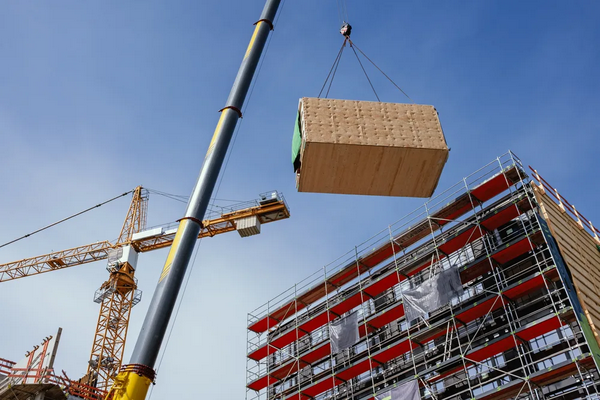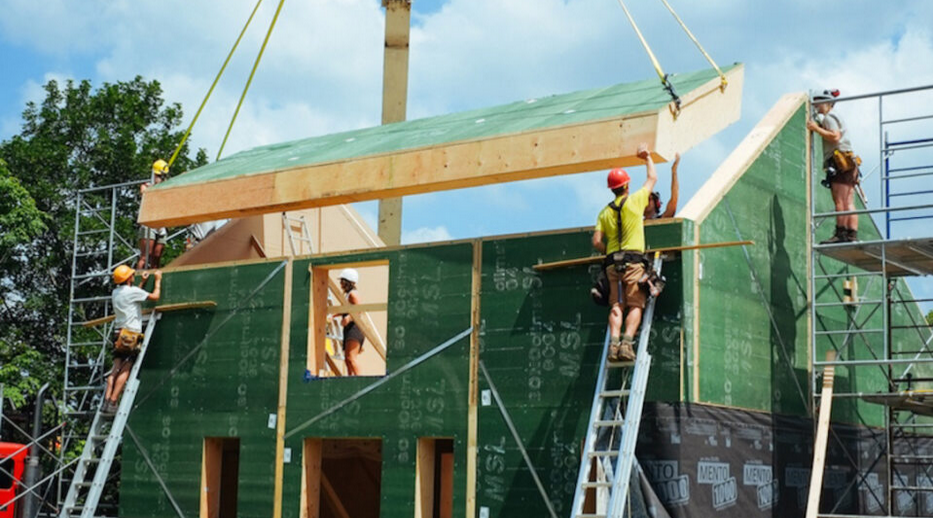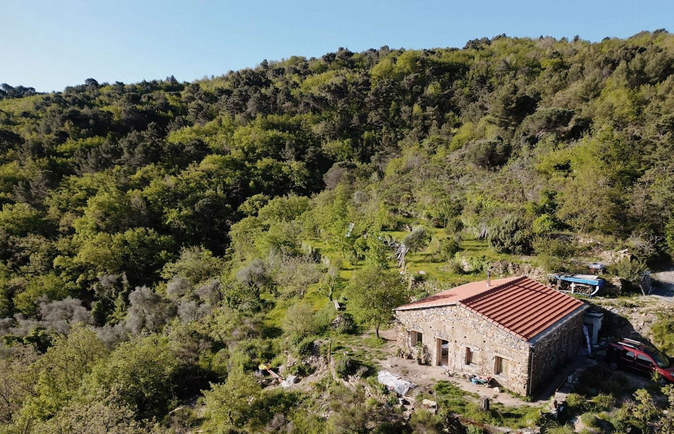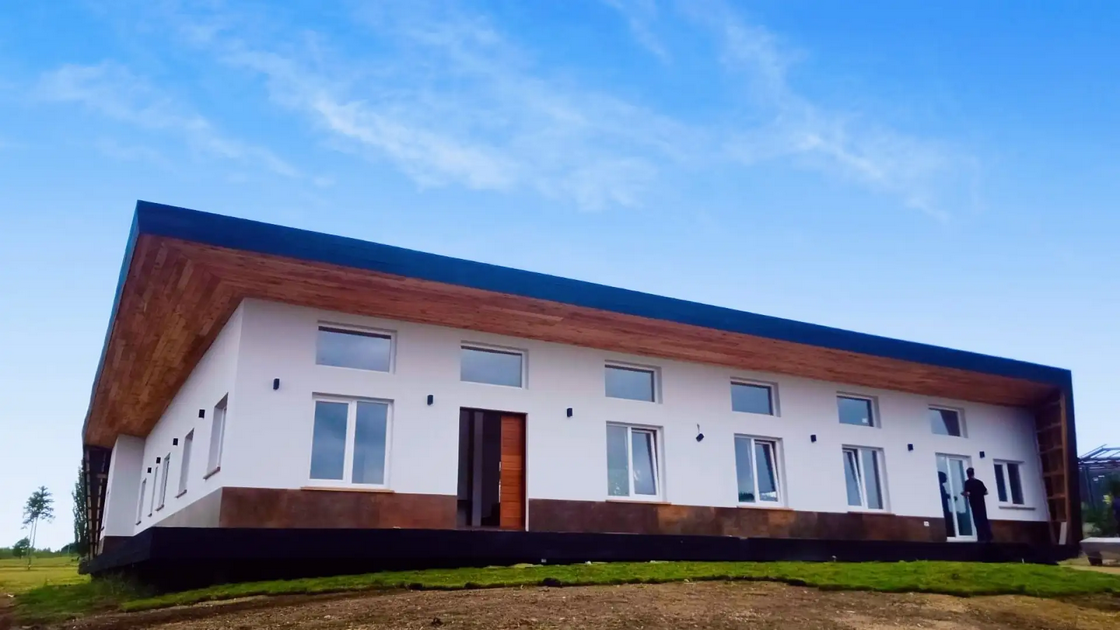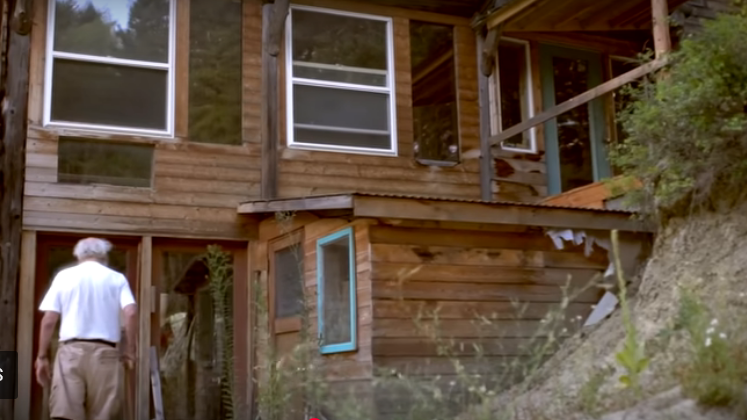How Prefabricated Green Buildings Are Shaping Climate-Resilient Cities
A climate-resilient city can predict, withstand and recover from climate-related hazards — storms, heatwaves, floods — while maintaining its essential functions and keeping its population safe. Key attributes include a robust infrastructure, renewable energy integration, natural buffers like parks and wetlands, and proactive city planning. These are some of the factors that cities use to anticipate, … Read more

